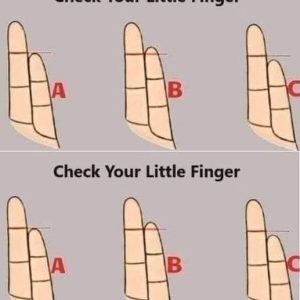Understanding Diabetic Foot and Its Risks
Diabetic foot disease is one of the most serious complications of diabetes. It often begins as seemingly minor foot wounds, ulcers or sores that heal slowly—or not at all—and can escalate into deep infections involving muscle, bone or tissue. In advanced cases, gangrene may develop, forcing partial or total limb amputation. The underlying causes are typically peripheral neuropathy (loss of sensation) and peripheral vascular disease (poor blood flow), which together allow injuries to go unnoticed and impair healing.
Who Is at Risk & Why Early Detection Matters
People with long-standing, poorly controlled type 1 or type 2 diabetes are at greatest risk. Neuropathy diminishes one’s ability to feel pain or pressure, so blisters, cuts or pressure sores may go untreated. Simultaneously, compromised circulation delays immune response and wound healing. According to clinical reviews and guidelines, early detection of foot issues—before ulcers form—is a cornerstone of prevention.
Prevention & Daily Self‑Care
Daily foot inspections are vital. People with diabetes should look for redness, swelling, cracks, cuts, or other abnormalities—especially between toes and under soles. Use mild soap and warm water (never hot), dry carefully (especially between toes), and moisturize to prevent cracking (but avoid application between toes). Trim toenails straight across, file edges gently, and choose properly fitting footwear and moisture‑wicking socks. Never walk barefoot, and avoid heat sources on the feet (heating pads, hot water bottles) due to reduced sensitivity.
Medical Management & Multidisciplinary Care
If a wound or red flag appears (persistent pain, skin color changes, delayed healing, foul smell), seek medical care immediately. Evidence‑based guidelines (e.g. from NICE, IWGDF) emphasize a multidisciplinary approach—involving endocrinologists, podiatrists, wound‑care specialists, vascular surgeons, and others—to manage ulcers, infections, and circulation issues. Key interventions include offloading (relieving pressure via total contact casts or special footwear) and debridement. Control of blood sugar, blood pressure and cholesterol is also central to preserving nerve and vessel health.



